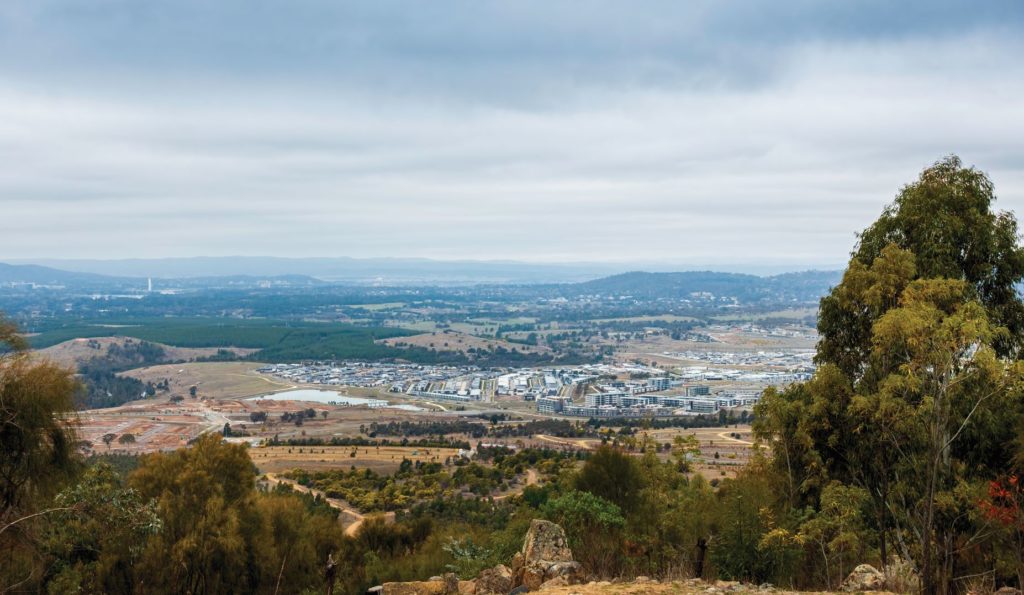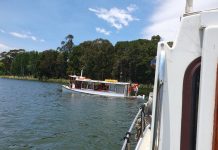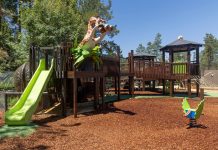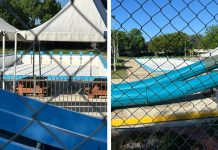Eucalyptus trees are fire adapted and fire promoting; it is their long-term strategy for beating the competition. Eucalyptus oil is highly volatile and can form devastating fireballs.

There are thousands of eucalypts within the suburbs of Canberra, representing a high fire risk.
Some older Canberra suburbs are beautifully planted out with exotic trees. Many of the deciduous types are fire ablative, will slow wind speed near the ground and shield homes and property from fire. In the major fires in Dartmouth, Victoria, my cousin’s home was saved by two large claret ash trees. A heifer and her calf were found alive and well the day after the fires having been shielded by willows.
The firemen told one resident of Duffy that their home was saved by camellias which had been planted next to the window.
There is no ‘safe’ zone in the suburbs of Gungahlin, Tuggeranong and Belconnen or parts of Woden. There, the eucalyptus tree is the dominant tree and will one day allow whole suburbs to burn furiously.
It is time for common sense to prevail and for the establishment of well-planned fire-retardant barriers across the landscape.
Deciduous, high-moisture, low-oil trees such as Professor Pryor’s hybrid pencil poplars offer a nice aesthetic in the urban environment while serving as fire protection.
Some deciduous trees like the Himalayan and Cork Oaks practise ‘hydraulic lift’; at night they raise water from deep underground and spread it under the surface. This keeps the microclimate cool and moist. Eucalypts seem to have the opposite approach and dry the ground surface to see off competitors.
Eucalypts evolved to burn and that is what they do well. In most suburbs in Canberra, we are sitting ducks. It is only a matter of time before we see incredible devastation from eucalyptus oil-fuelled fires.
At the very least, fire-retardant deciduous trees should flank areas of native bush, around safe harbours like sports fields and be deployed at 90 degrees to prevailing winds to slow fire fronts.
It is time to dispense with the ‘native tree good , exotic tree bad’ ideology and use the best trees for the task. Eucalypts just don’t belong close to houses in fire-prone places.
About the author: Margot Sirr is a long-time resident of Canberra and one concerned about bushfires; she has seen the damage that the wrong trees can have and the benefits of the right trees in bushfire strategy.
For more:








